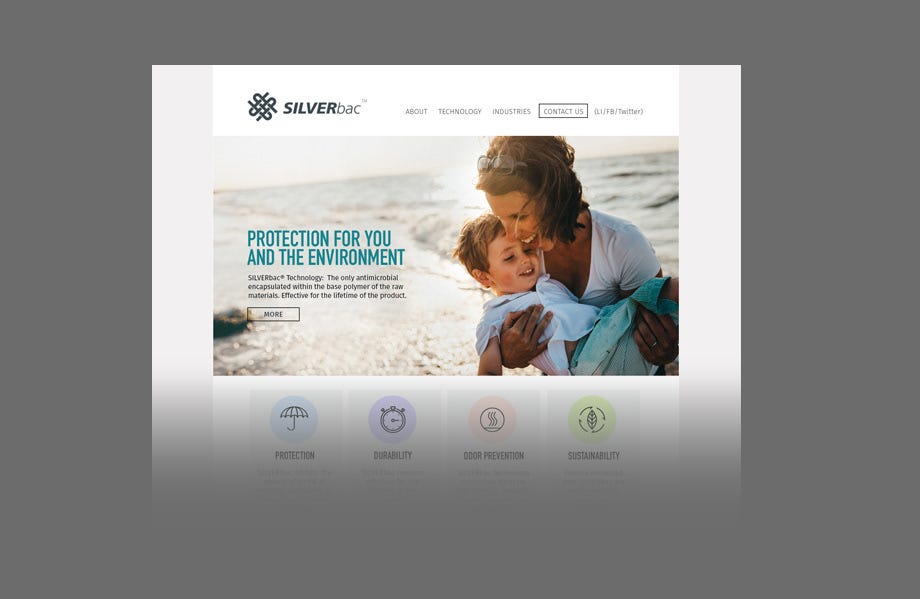Let’s talk about the human brain.
The microprocessor we carry in our head.
It only weighs about 3 pounds.
That’s about 2% of an average adult’s body weight.
But those 2% have to manage a lot: Out bodily functions, motor skills, reflexes, our memory, everything. And that requires a lot of energy. A significant portion of our daily energy supply.
This high energy demand encourages the brain to operate efficiently, often leading it to take shortcuts and make decisions based on familiar patterns and established connections. This energy-saving approach is why the brain is often described as "lazy"—it seeks the path of least resistance and avoids expending unnecessary energy.
Emotional Influence on Memory
One way the brain decides what information to store is through emotional intensity. Events that evoke strong emotions, such as excitement, shock, or fear, are more likely to be remembered. These intense experiences signal to the brain that the information may be useful later, making it more likely to commit it to memory. Consequently, marketers who can evoke strong emotions in their audience increase the chances of their message being remembered.
Facts vs. Emotion in Marketing
Marketers often fall into the trap of focusing solely on facts and features when promoting a product. While these aspects may be important, they don’t necessarily resonate deeply with consumers on their own. Given the brain's tendency to prioritize emotional content, marketing strategies that incorporate relatable stories and emotional connections are more effective. These narratives tap into existing neural pathways, making it easier for the brain to integrate new information.
Here an example. Our client Silverbac Technologies needed to sell a new, sophisticated textile treatment that provides antimicrobial protection. Given that the average visitor's attention span is only seven seconds, we had to create a strong emotional hook to draw them in. The mother/child connection utilizes existing neural pathways in the brain, making it easier for new information to be absorbed.
The Power of Storytelling
Storytelling is a powerful tool in marketing because it engages the brain in a more meaningful way. By framing a product or service within a compelling story, marketers can evoke emotions and create connections that resonate with consumers. This approach not only makes the information more memorable but also aligns with the brain's natural inclination to process narratives.
Familiarity is Your Friend
Another way marketers manipulate the lazy brain is by leveraging familiarity. By presenting products or brands in ways that align with existing experiences or preferences, they can trigger a sense of comfort and trust. This familiarity makes it easier for consumers to accept and adopt new products, as it requires less cognitive effort.
Understanding how the lazy brain operates can greatly enhance marketing strategies. By focusing on emotional connections, relatable stories, and familiarity, marketers can create campaigns that resonate deeply with consumers. This approach not only makes products more appealing but also increases the likelihood of forming lasting connections with brands. As marketers continue to refine their techniques, they can better harness the brain's natural tendencies to persuade and influence consumer behavior.





